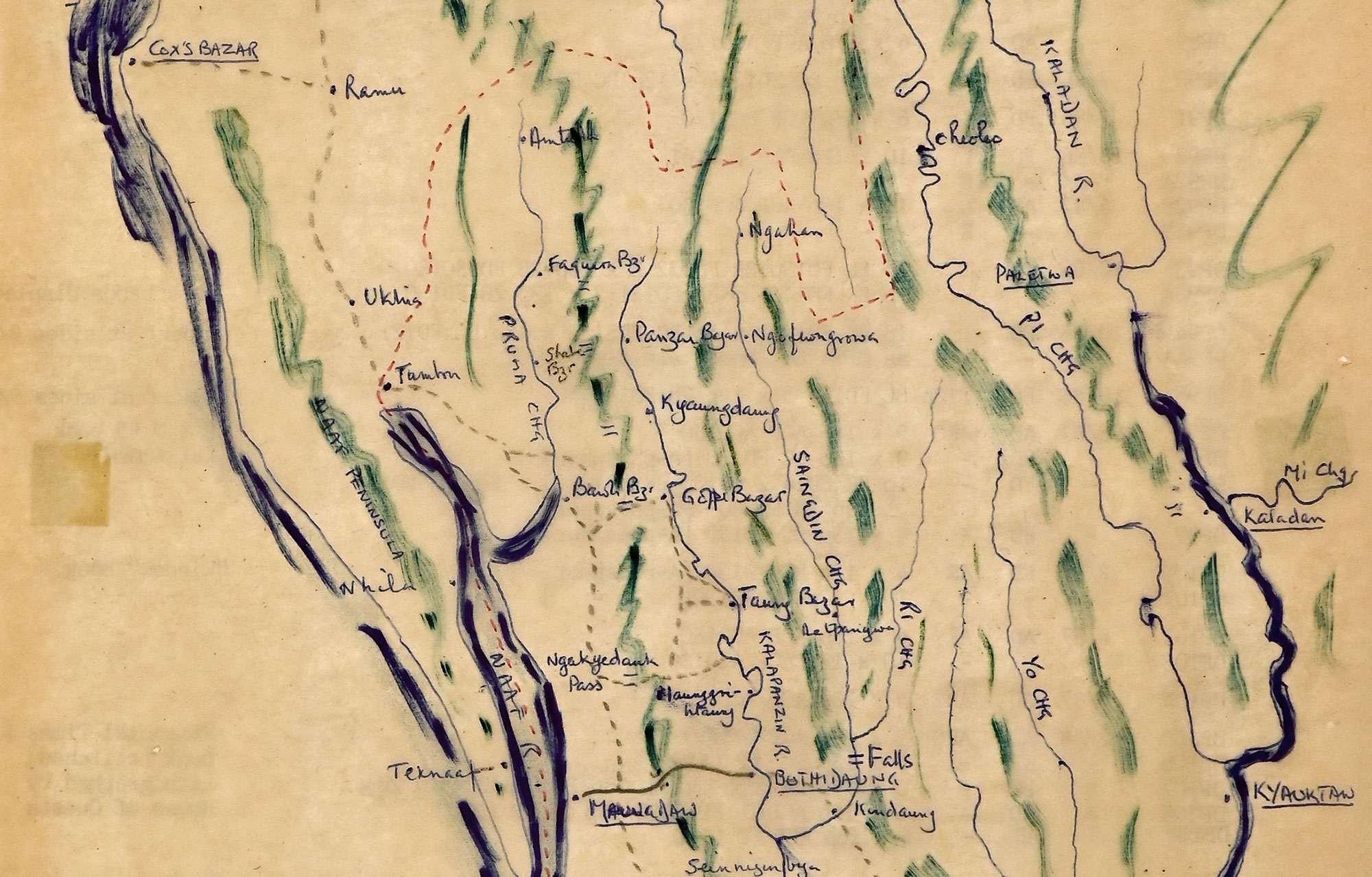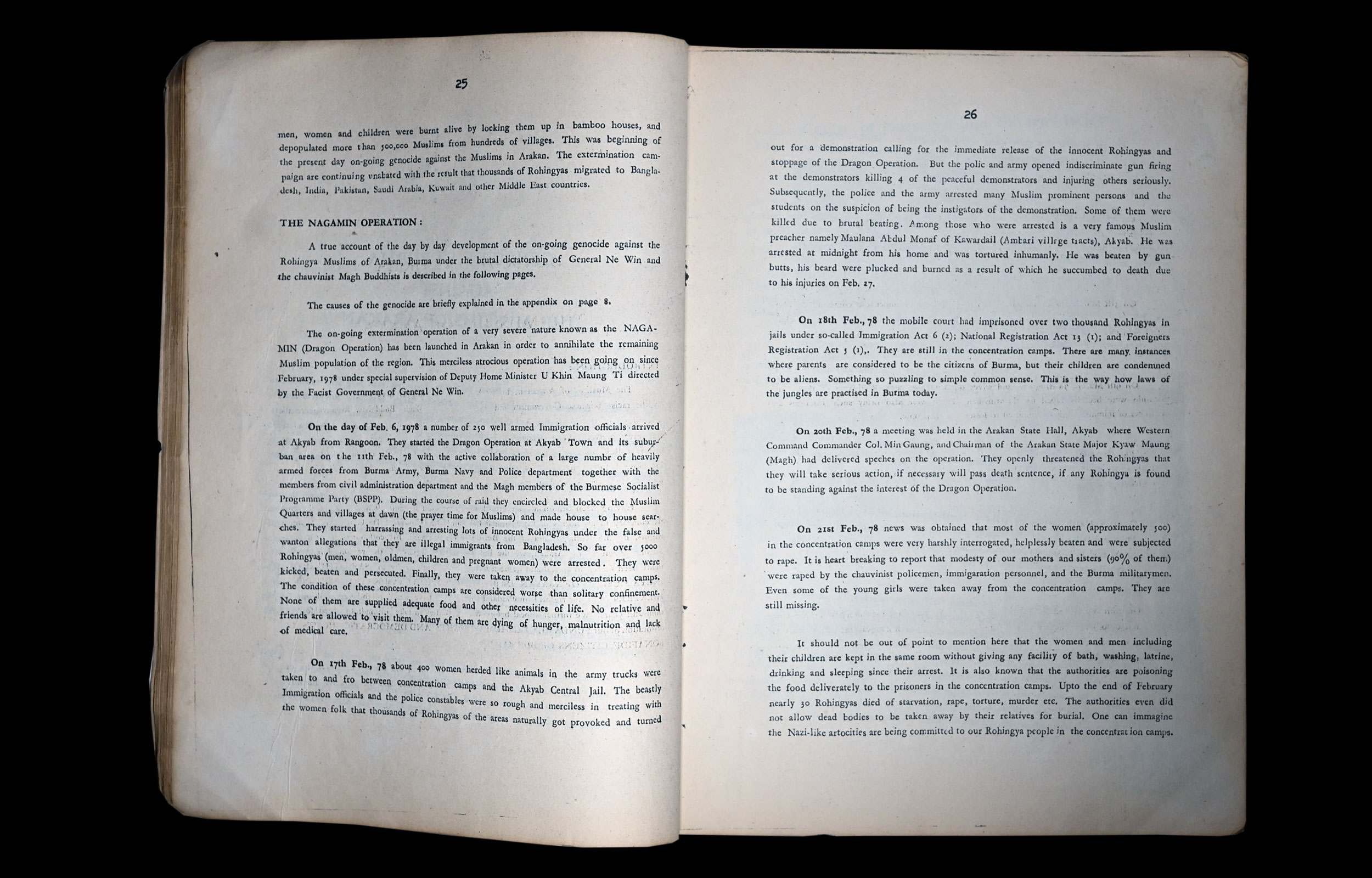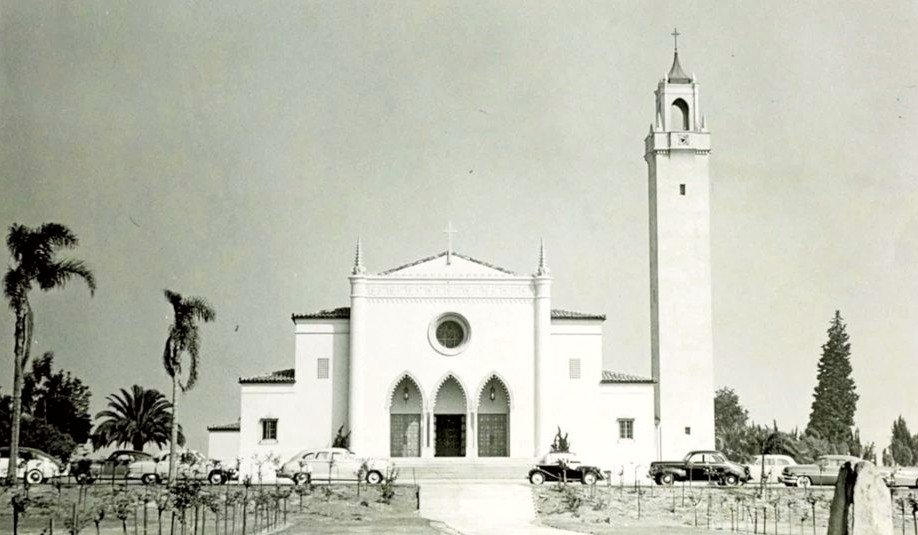
Engineer & Compatriot
The Story of Mohammed Imam Hussain
TRAILBLAZERS #2
The idea for TRAILBLAZERS was created by Haikal Mansor
Family photographs courtesy of the family of Md. Imam Hussain
Mohammed Imam Hussain was born on January 11, 1926. Those familiar with him also knew him by his nickname, Imam Darga, or Inspector Imam. Originally from Kayandan Village (Shidda Para) near downtown Maungdaw in northern Arakan, Burma, he grew up in one of the most heavily administered areas of British colonial Burma. He was a talented young student, attended the Government State School in Maungdaw and was proficient in English. During the intense years of Japanese occupation of Burma and Arakan in WWII, he served as an interpreter for the British in ‘V’ Force. He was seriously injured during a bomb blast, and the British sent him to New Delhi for medical treatment. After four months of recovery in the hospital, he was brought back to Arakan. Once the war was over, he worked in the intelligence unit as a sub-inspector for the police force and was highly respected in his position. Much of his work with the police was conducted in the predominantly Arakanese Buddhist (Rakhine) populated areas of southern Arakan.
From 1947-1949, ethnic interests increasingly shaped Burma’s politics. Both the Rohingya and Rakhine Buddhist communities began to take action to secure their own agendas. Ethnic insurgencies were raging across the country, including in Arakan. Discrimination against the Muslim community also increased in Arakan during this time. This discrimination and mistreatment led to Imam Hussain resigning from the police force in early 1949. For security reasons, he fled to East Pakistan (Bangladesh). After some time, he traveled to Karachi where he attended the Sindh Muslim Government Science College. He was in one of the first graduating classes to complete their studies at the school. He worked as a ration supply inspector in Karachi and also in logistics for the Pakistan Air Force.
In 1955, at the age of 29, he traveled by boat to the United Kingdom, and on August 30th, 1955, he boarded the passenger ship SS Liberte in Southampton, England which took him to New York City. He arrived in New York City on September 2nd. His destination: Fort Wayne, Indiana. He was one of the first members of the Rohingya community to resettle in the United States. It is said he arrived in the United States with $2 USD in his pocket. (Continued below…)

During WWII, he worked as an interpreter for the British in ‘V’ Force.

In the early 1950s, Imam Hussain attended Sindh Muslim Government Science College located in Karachi, Pakistan.

Manifest paperwork of In-bound passengers record Imam Hussain’s journey on the SS Liberte from the UK to NYC in 1955. Ft. Wayne, Indiana was his recorded destination.
His arrival in the United States was the beginning of a life filled with academic and professional achievements. In 1955 he began his pursuit of a Bachelor of Science degree at the Indiana Technical College in Ft. Wayne, Indiana. He was a member of the Electrical Club which was a section of the American Institute of Electrical Engineers. He earned his Bachelor’s Degree in 1958. Not long after graduating, he moved to the Bay Area of California to start his first job as a Junior Engineer. In 1960, he applied for permanent residency, and in 1961 his wife Jomilah, who was also from Maungdaw, joined him in California. They moved to Los Angeles, and while working, he also attended West Coast University. In 1965, he received his first Masters Degree in Electrical Engineering. In 1966, he naturalized as a US citizen. (Continued below…)

A photograph of Imam Hussain (seated on far left) with other members of the Electrical Club. This photograph appears in the 1957 Indiana Technical Collage yearbook.

Imam Hussain at Indiana Technical Collage in 1958.

On December 28, 1965, Mohammed Imam Hussain and Jean-Louis R. Riehl M.D. from the Division of Neurology at the UCLA Center for Health Sciences applied for Patent # 3,416,546 from the US Patent Office. The patent was for an invention that dealt with electronic circuitry used in providing real-time analysis of waveforms in brian activity. MORE info Here….. (Continued below…)


By the 1970s, Ne Win and the military’s grip on Burma had become increasingly oppressive. His policies were highly racialized and xenophobic against Muslim communities, especially the Rohingya in Arakan. With a new constitution in 1974, Arakan was now officially Rakhine State. On February 6, 1978 immigration officials swept into Akyab (today the city of Sittwe) and launched the Naga Min Operation or Operation Dragon King. In Arakan, the operation was launched as an ‘immigration operation’ attempting to cut down on illegal ‘Bengali’ immigrants. Instead it targeted Rohingya with violence, arrests and killings. Because of his English language skills, leaders of the Rohingya liberation group, the Rohingya Patriotic Front (RPF) asked Imam Hussain to travel to Bangladesh and help write an account of the atrocities to share with the international community. With a deep sense of responsibility to his community, he agreed.
Upon arriving in Bangladesh, he spent several weeks working. On April 11, 1978, the 16-page book, Genocide In Burma Against the Muslims of Arakan was published and released by the Rohingya Patriotic Front. Through the testimonies of survivors and information gathered by RFP and others, the book provides an almost daily account of the atrocities committed by the Burmese military during the months of February and March 1978. The book also includes ‘Causes of Genocide’ against the Rohingya community as well as photographs. At that time, Naga Min Operation resulted in the largest mass displacement of Rohingya from Burma into Bangladesh. It is estimated over 200,000 Rohingya fled to Bangladesh during the operation. While his name does not appear in the report, elders acknowledge Imam Hussain was the author. (Continued below…)

Original photographs of Rohingya refugees in Bangladesh during Naga Min. Several of the photos appear in the book written by Imam Hussain, Genocide In Burma Against the Muslims of Arakan

Pages from inside the book written by Imam Hussain, Genocide In Burma Against the Muslims of Arakan. This specific copy appears inside a larger, 150-page book entitled: Rohingya Refugees In The World Press 1978.

Imam Hussain continued to stay informed about the struggles of the community in Burma and Bangladesh. From afar, he would watch as more atrocities were committed against the Rohingya in the 1980s, 1990s and 2000s. His family says he had enormous sympathy for the people in his community and what they endured and that being in Bangladesh and writing the book in 1978 during Naga Min was an important moment in his life.
He returned to the United States and in 1980, at the age of 54 and after several years of studying part-time, he received his second Masters Degree from Loyola Marymount University. Throughout his professional career, he worked as a staff engineer for companies like Thiokol Corporation, McDonnell Douglas and TRW (Thompson, Ramo, Wooldridge Inc.) and contributed to several projects and contracts for the US Department of Defense. When he retired in 1989, he was a Senior Staff Engineer at Hughes Aircraft Company.

A photograph of 54-yr-old Imam Hussain in 1980 after receiving his 2nd Masters degree in Electrical Engineering at Loyola Marymount University in Los Angeles.


Imam Hussain with his wife Jomilah and grandson.
While Electrical Engineering was his career, he had a passion for learning and education. He was a prolific reader. After retirement, he taught part-time in the School of Engineering at the University of California, Irvine. In 2006, he returned to Myanmar one last time. The trip fulfilled Imam Hussain’s wish to return to his homeland one last time before dying. During his trip, he spent time visiting family and friends in Yangon. He was unable to visit Maungdaw and Arakan (Rakhine State).
Mohammed Imam Hussain passed away on December 24, 2016 at the age of 90.
The project Ek Khaale extends its deepest gratitude to the family of Mohammed Imam Hussain.

















